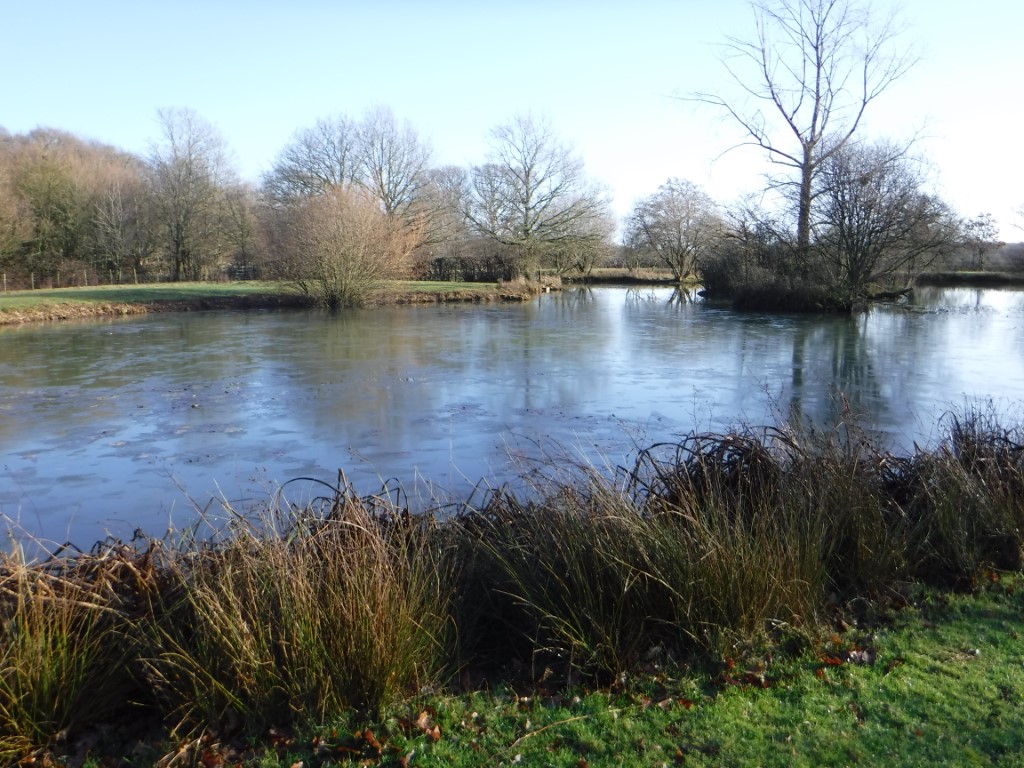
Total monthly rainfall was 121 millimetres with a maximum daily rainfall: 12 mm (20th December). Measurable rain fell on 20 days of the year, and there were 17 days with 100% cloud cover for at least part of the day. Total rainfall for the year ended above-average at 867.5 mm. Maximum temperature on the warmest day was 13°C on December 2nd, 3rd, and 22nd, while maximum temperature on the coldest day was 3°C on the 14th and 15th. Varying degrees of frost occurred from the 11th to the 17th and on the 25th.
It was December 16th when we saw the last oxeye daisy flowering, which left common daisy, white deadnettle, and red deadnettle still in flower on December 31st.
-
 Grey squirrel
Grey squirrel
Grey squirrel
Grey squirrel
-
 Hazel catkins
Hazel catkins
Hazel catkins
Hazel catkins
-
 Lake one third frozen
Lake one third frozen
Lake one third frozen
Lake one third frozen
-
 Squirrel damage on hornbean
Squirrel damage on hornbean
Squirrel damage on hornbean
Squirrel damage on hornbean
https://www.kentfieldclub.org.uk/news/little-barton-farm-wildlife-notes/december-2018#sigProId21cf12c4e0
Two species of wild birds arrived during the month, these being a cormorant at the lake on December 3rd, and a grey wagtail at the back woodland pond on the 9th, where it remained on-and -off until the 15th.
At the end of the month, some of our hazel shrubs contain catkins up to 7.5 cm long, enough to be releasing pollen, but they lack the red female buds to fertilise. We are awaiting developments to see how this affects the hazelnut crop in 2019.
By December 14th, overnight frost was cold enough to partly freeze three of our ponds without affecting the lake. By the 16th, the position was reversed, and all ponds were clear of ice while one-third of the lake was thinly covered. After that, ponds and lake remained ice-free for the rest of the month.
In our December 2017 notes we described and photographed the effect grey squirrels were having by stripping the bark of mature honeysuckle plants in our wood. This has left a large part of the wood with only very thin immature honeysuckle plants growing at low levels. They have also been attacking hornbeam stands, often at low, medium, and high levels of the same trees. This ring-barking has killed-off one or two trees in each group across the woodland. The hot, dry summer and total lack of an acorn crop this year seems to have speeded up the process.

